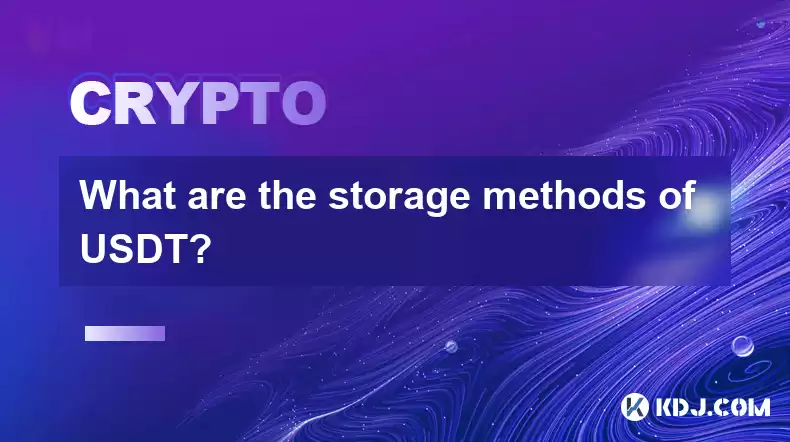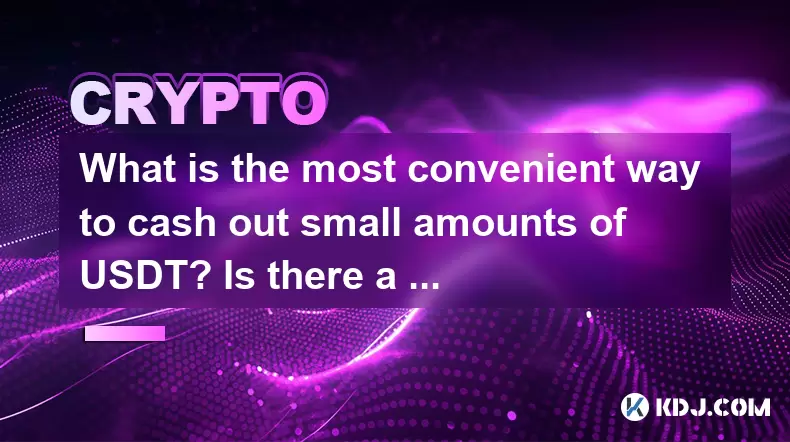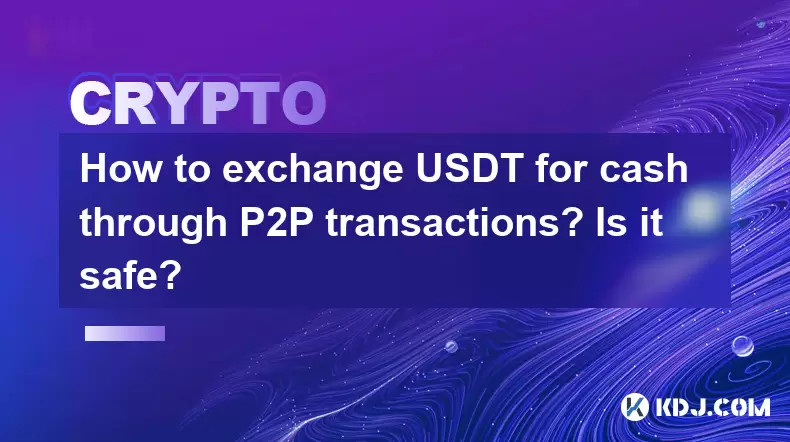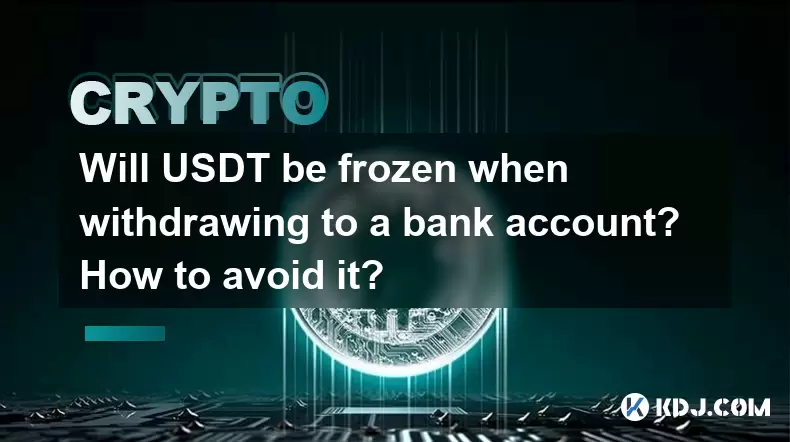-
 Bitcoin
Bitcoin $117900
0.31% -
 Ethereum
Ethereum $3766
0.28% -
 XRP
XRP $3.176
-0.31% -
 Tether USDt
Tether USDt $1.000
0.00% -
 BNB
BNB $795.6
1.51% -
 Solana
Solana $186.8
-1.09% -
 USDC
USDC $0.9999
-0.01% -
 Dogecoin
Dogecoin $0.2353
-1.33% -
 TRON
TRON $0.3226
1.49% -
 Cardano
Cardano $0.8172
-1.08% -
 Sui
Sui $4.178
3.06% -
 Hyperliquid
Hyperliquid $43.05
-3.39% -
 Stellar
Stellar $0.4367
-0.57% -
 Chainlink
Chainlink $18.62
1.47% -
 Hedera
Hedera $0.2828
6.63% -
 Bitcoin Cash
Bitcoin Cash $584.7
5.65% -
 Avalanche
Avalanche $24.81
2.53% -
 Litecoin
Litecoin $112.8
-0.88% -
 UNUS SED LEO
UNUS SED LEO $8.975
-0.08% -
 Shiba Inu
Shiba Inu $0.00001395
-1.07% -
 Toncoin
Toncoin $3.285
-1.05% -
 Ethena USDe
Ethena USDe $1.001
0.01% -
 Polkadot
Polkadot $4.123
0.76% -
 Uniswap
Uniswap $10.49
-0.18% -
 Monero
Monero $326.5
0.14% -
 Dai
Dai $0.9999
-0.02% -
 Bitget Token
Bitget Token $4.576
0.34% -
 Pepe
Pepe $0.00001247
-1.55% -
 Cronos
Cronos $0.1400
3.77% -
 Aave
Aave $295.1
-0.73%
What are the storage methods of USDT?
USDT storage options range from highly secure hardware wallets best for long-term holdings to convenient but riskier exchanges suitable for short-term trading; consider factors like security needs and technical expertise when choosing.
Mar 07, 2025 at 02:54 am

What are the Storage Methods of USDT?
Key Points:
- Understanding USDT: Tether (USDT) is a stablecoin pegged to the US dollar, meaning one USDT is theoretically worth one USD. Its value stability is crucial, impacting storage choices. The inherent risks associated with any stablecoin, including the potential for de-pegging, should always be considered when choosing a storage method.
- Hardware Wallets: These offer the highest level of security but require technical proficiency. They are generally considered the safest option for long-term storage of significant USDT holdings.
- Software Wallets: These are more convenient than hardware wallets but present a higher risk of security breaches if not properly secured. They offer varying levels of security depending on the specific wallet and its features.
- Exchanges: Storing USDT on exchanges offers ease of access and trading but exposes your funds to exchange risks, including hacking, insolvency, and regulatory issues. This method is generally suitable for short-term holding and active trading.
- Custodial Wallets: These wallets are managed by third-party providers who handle the security and management of your USDT. This offers convenience but relinquishes control and introduces counterparty risk.
- Paper Wallets: A low-tech, high-security option, but prone to physical damage and loss. They are generally suitable for cold storage of smaller amounts of USDT for long-term holding.
Detailed Explanation of USDT Storage Methods:
- Hardware Wallets: Hardware wallets are physical devices designed to store your private keys offline, offering the highest level of security against hacking and malware. These devices are generally tamper-resistant and encrypt your private keys, making them extremely difficult for unauthorized individuals to access. Popular hardware wallets like Ledger and Trezor support USDT storage, typically through integration with compatible software wallets or directly through their own interfaces. The process generally involves generating a new wallet address within the hardware wallet and then transferring your USDT from an exchange or another wallet to this new address. However, losing the device or forgetting the PIN can result in irreversible loss of your USDT. The security offered by hardware wallets comes at the cost of convenience. They are not as readily accessible as software wallets, and transferring USDT requires a more deliberate process. The initial cost of purchasing a hardware wallet should also be considered, as these devices are generally more expensive than software wallets. Furthermore, it is crucial to ensure you are purchasing from reputable vendors to avoid counterfeit devices which could compromise your security. Regular firmware updates are essential to maintain the security of your hardware wallet, as these updates often address newly discovered vulnerabilities.
- Software Wallets: Software wallets are applications installed on your computer, smartphone, or tablet that store your private keys. While generally more convenient than hardware wallets, they are also more vulnerable to hacking and malware. The security of a software wallet depends heavily on the security practices of the user and the robustness of the wallet's software. Using a strong, unique password, enabling two-factor authentication (2FA), and keeping your software updated are crucial security measures. Choosing a reputable and well-reviewed software wallet is also essential. Many software wallets offer features like multi-signature support, which adds an extra layer of security by requiring multiple confirmations before transactions can be made. However, even with these security measures, software wallets are still susceptible to risks such as phishing scams, malware infections, and keyloggers. If your device is compromised, your USDT could be stolen. Therefore, using a software wallet requires a high level of vigilance and understanding of cybersecurity best practices. Regular backups of your wallet's seed phrase (a list of words that allows you to recover your wallet) are crucial in case your device is lost or damaged. The ease of access and portability offered by software wallets often comes at the cost of increased security risks compared to hardware wallets.
- Exchanges: Storing USDT on cryptocurrency exchanges offers the greatest convenience, allowing for quick access to your funds for trading and other activities. However, this method exposes your USDT to the risks associated with the exchange itself. Exchanges are targets for hackers, and a successful breach could result in the loss of your funds. Furthermore, exchanges can face insolvency, regulatory issues, or even go out of business, potentially leading to the loss of your assets. While some exchanges offer insurance programs, these are not always comprehensive, and relying on them entirely is risky. Keeping large amounts of USDT on an exchange for extended periods is generally not recommended. It is important to choose reputable exchanges with a strong security track record. However, even the most secure exchanges are not immune to risks. Actively monitoring your account for any suspicious activity and using strong passwords and 2FA are essential when storing USDT on an exchange. The convenience of exchange storage should be carefully weighed against the significantly higher security risks compared to other storage methods.
- Custodial Wallets: Custodial wallets are managed by third-party service providers who handle the security and management of your USDT. This method offers convenience and ease of use, as you don't need to manage your private keys directly. However, it introduces counterparty risk, meaning you are relying on the security and solvency of the custodial provider. If the provider is compromised or goes bankrupt, you could lose your USDT. Furthermore, you are relinquishing control over your funds, which can be a concern for some users. Carefully researching and selecting a reputable custodial wallet provider is essential. Understanding the provider's security measures, insurance policies, and regulatory compliance is crucial before entrusting your USDT to them. While custodial wallets offer a user-friendly experience, it's crucial to acknowledge the inherent risks involved in entrusting your assets to a third party.
- Paper Wallets: Paper wallets represent a low-tech approach to storing USDT. They involve generating a public and private key pair and printing them on paper. This method offers a high degree of security, as your private keys are not stored digitally and are therefore not susceptible to hacking or malware. However, paper wallets are vulnerable to physical damage, loss, or theft. Properly securing the paper wallet, including storing it in a safe place and making multiple backups, is crucial. The process of generating and using a paper wallet requires a good understanding of cryptography and security best practices. It is essential to ensure that the keys are generated securely using reputable software and that the paper wallet is printed on high-quality, tamper-evident paper. Paper wallets are suitable for long-term storage of smaller amounts of USDT, as the inconvenience of accessing the funds can be significant. The security offered by paper wallets comes at the cost of accessibility and usability.
FAQs:
Q: What is the safest way to store USDT?
A: The safest method is generally considered to be a hardware wallet. This is because your private keys are stored offline on a physically secure device, making them extremely difficult to access for hackers.
Q: Is it safe to store USDT on an exchange?
A: Storing USDT on an exchange is convenient but significantly riskier than using a hardware or software wallet. Exchanges are targets for hackers, and there's a risk of insolvency or regulatory issues. Only keep the amount you need for immediate trading on exchanges.
Q: What is a custodial wallet, and is it secure?
A: A custodial wallet is managed by a third party. While convenient, it introduces counterparty risk – the risk that the provider could be compromised or go bankrupt, leading to loss of funds. Thoroughly research any provider before using their services.
Q: How do I choose a reliable software wallet for USDT?
A: Look for wallets with strong reputations, positive user reviews, open-source code (allowing community scrutiny), and robust security features like multi-signature support and 2FA. Always download from official sources.
Q: What should I do if I lose my hardware wallet?
A: This is a critical reason for writing down your recovery seed phrase and storing it securely in a separate location from your hardware wallet. Without this, your USDT will be irretrievably lost. Never store your seed phrase digitally.
Disclaimer:info@kdj.com
The information provided is not trading advice. kdj.com does not assume any responsibility for any investments made based on the information provided in this article. Cryptocurrencies are highly volatile and it is highly recommended that you invest with caution after thorough research!
If you believe that the content used on this website infringes your copyright, please contact us immediately (info@kdj.com) and we will delete it promptly.
- Bitcoin, Ruvi AI, and CoinMarketCap: Navigating the Future of Crypto
- 2025-07-28 02:30:12
- Dogwifhat (WIF) Eyes Bullish Breakout: Can It Breach $1.20?
- 2025-07-28 02:50:12
- Bitcoin Bounces: How the US-China Tariff Truce Impacts Crypto
- 2025-07-28 02:50:12
- Bitcoin Bull Market: Price Targets and Expert Takes
- 2025-07-28 02:30:12
- Cardano Price Rockets: ADA Jumps Past Resistance, $2 Target in Sight?
- 2025-07-28 01:30:14
- Ruvi AI: The Next Solana? Riding the AI Token Wave on CoinMarketCap
- 2025-07-28 00:50:16
Related knowledge

How to choose a reliable USDT exchange service provider? How to identify?
Jun 12,2025 at 03:15pm
Understanding the Role of USDT in Cryptocurrency TradingUSDT (Tether) is one of the most widely used stablecoins in the cryptocurrency market. It is d...

What is the most convenient way to cash out small amounts of USDT? Is there a shortcut?
Jun 11,2025 at 11:00pm
Understanding the Need to Cash Out Small USDT AmountsCashing out small amounts of USDT can be a challenge for many crypto users. Traditional methods o...

How to transfer USDT to PayPal or international payment tools?
Jun 15,2025 at 05:28am
Understanding the Basics of USDT and PayPal IntegrationUSDT (Tether) is a stablecoin pegged to the US dollar, offering blockchain-based value transfer...

How to exchange USDT for cash through P2P transactions? Is it safe?
Jun 18,2025 at 07:56am
Understanding USDT and P2P TransactionsTether (USDT) is a stablecoin pegged to the value of the US dollar, making it a popular choice for users who wa...

Will USDT be frozen when withdrawing to a bank account? How to avoid it?
Jun 15,2025 at 10:03am
Understanding USDT Withdrawals and Bank Account Freezing RisksWhen users decide to withdraw USDT (Tether) to a bank account, one of the most common co...

How to avoid risks when exchanging USDT for cash? What are the pitfalls?
Jun 11,2025 at 08:14pm
Understanding the Risks of Exchanging USDT for CashWhen exchanging USDT (Tether) for cash, users must be aware of the potential risks involved. As a s...

How to choose a reliable USDT exchange service provider? How to identify?
Jun 12,2025 at 03:15pm
Understanding the Role of USDT in Cryptocurrency TradingUSDT (Tether) is one of the most widely used stablecoins in the cryptocurrency market. It is d...

What is the most convenient way to cash out small amounts of USDT? Is there a shortcut?
Jun 11,2025 at 11:00pm
Understanding the Need to Cash Out Small USDT AmountsCashing out small amounts of USDT can be a challenge for many crypto users. Traditional methods o...

How to transfer USDT to PayPal or international payment tools?
Jun 15,2025 at 05:28am
Understanding the Basics of USDT and PayPal IntegrationUSDT (Tether) is a stablecoin pegged to the US dollar, offering blockchain-based value transfer...

How to exchange USDT for cash through P2P transactions? Is it safe?
Jun 18,2025 at 07:56am
Understanding USDT and P2P TransactionsTether (USDT) is a stablecoin pegged to the value of the US dollar, making it a popular choice for users who wa...

Will USDT be frozen when withdrawing to a bank account? How to avoid it?
Jun 15,2025 at 10:03am
Understanding USDT Withdrawals and Bank Account Freezing RisksWhen users decide to withdraw USDT (Tether) to a bank account, one of the most common co...

How to avoid risks when exchanging USDT for cash? What are the pitfalls?
Jun 11,2025 at 08:14pm
Understanding the Risks of Exchanging USDT for CashWhen exchanging USDT (Tether) for cash, users must be aware of the potential risks involved. As a s...
See all articles

























































































